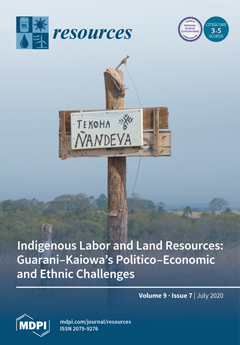Lovage (
Levisticum officinale W.D.J. Koch) is an aromatic plant from the Apiaceae (Umbelliferae) family used as a condiment in several regions of Europe and also described to have medicinal properties. While the aerial parts are used as foods, the roots are generally discarded. In the past, lovage roots were used in folk medicine for their diuretic, carminative, and spasmolytic properties. Therefore, the exploitation of this undervalued part of the plant can be a source of valuable bioactive compounds for food and/or pharmaceutical industries. Thus, in this study, extracts of different polarity were prepared and studied regarding their chemical composition and bioactive properties. To the best of our knowledge, the composition in phenolic compounds and the volatile profile of the
n-hexane extract are reported for the first time. A total of 24 compounds were identified by GC-MS in the
n-hexane extract, evidencing a high relative abundance of phthalides. A total of eight phenolic compounds were identified in lovage root extracts (decoction and hydroethanolic extract), with vanillic acid being the major compound. Regarding antioxidant activity, also reported for the first time, decoction and hydroethanolic extract exhibited a high antioxidant capacity in thiobarbituric acid reactive substances (TBARS) (179 ± 11 μg/mL) and in oxidative hemolysis (OxHLIA) assays (510 ± 6 μg/mL), respectively.
n-Hexane extract showed relevant anti-proliferative activity against all tumor cell lines tested (GI
50, 48–69 μg/mL), despite inhibiting also the growth of a non-tumoral hepatocyte cell line, however, presenting a significantly higher GI
50 value (147 μg/mL). This study revealed that lovage root, an agri-food residue, can be a source of valuable bioactive compounds also presenting biological properties that deserve being explored, which could lead to a circular economy for food and/or the pharmaceutical industry.
Full article





